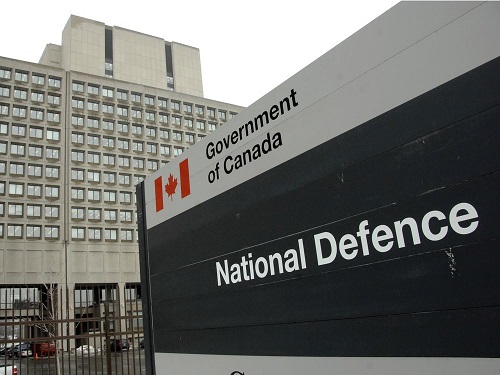 Friday, September 27, 2024
Friday, September 27, 2024  Friday, September 27, 2024
Friday, September 27, 2024 
The federal government has been chronically underspending on the repair and maintenance of Canada’s defence infrastructure for years, leaving officials to play catch-up on maintaining aging roads, runways, jetties and thousands of buildings across the country.
The Defence Department official responsible for infrastructure says efforts are underway to better manage the portfolio, and that his priority is ensuring the health and safety of service members and that military training and operations are not disrupted.
“We’re not accepting risk that’s going to put health and safety in danger,” said Rob Chambers, assistant deputy minister of infrastructure and environment.
“So we’re constantly adjusting as we go. It’s an ongoing discussion right now about how to address the overall portfolio.”
The chronic underinvestment nonetheless raises questions about the continued deterioration of Canada’s defence infrastructure and the tough choices officials have to make when deciding where to invest scarce dollars for property maintenance and repair.
The Defence Department has the largest infrastructure portfolio of all federal departments, with 20,000 buildings, 5,500 kilometres of roads and 3,000 kilometres of sewers and pipes for water and heat. The majority is located on Army, Navy and Air Force bases across Canada.
The department is supposed to invest 1.4 per cent of the replacement value of the portfolio in maintenance and repair each year, which is based on industry standards. That works out to around $364 million, based on the current $26-billion replacement value.
Yet reports and figures from the Defence Department and the federal auditor general show the target has not been hit since at least 2010. The closest was in 2016-17, when it reached 1.31 per cent. The government invested 1.05 per cent last year.
Keep reading on LethbridgeNewsNow.com
The next publication deadline is Friday at noon
Join Construction Links Network